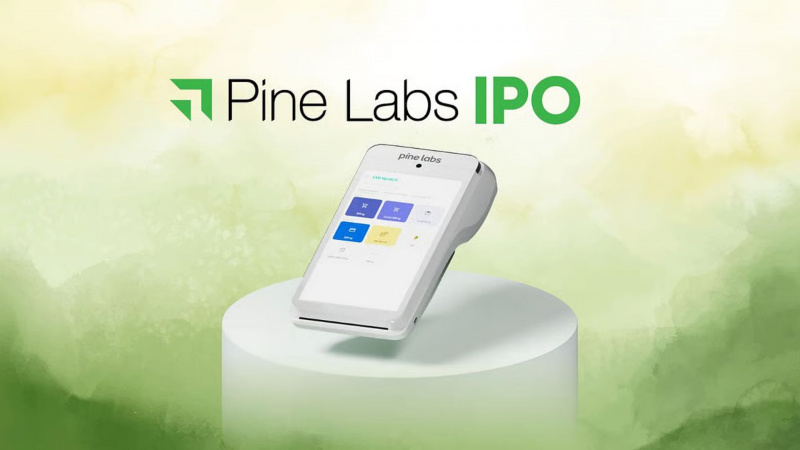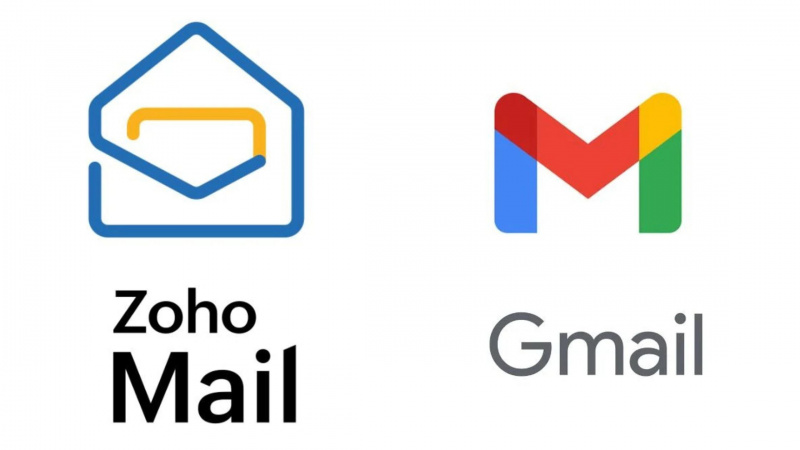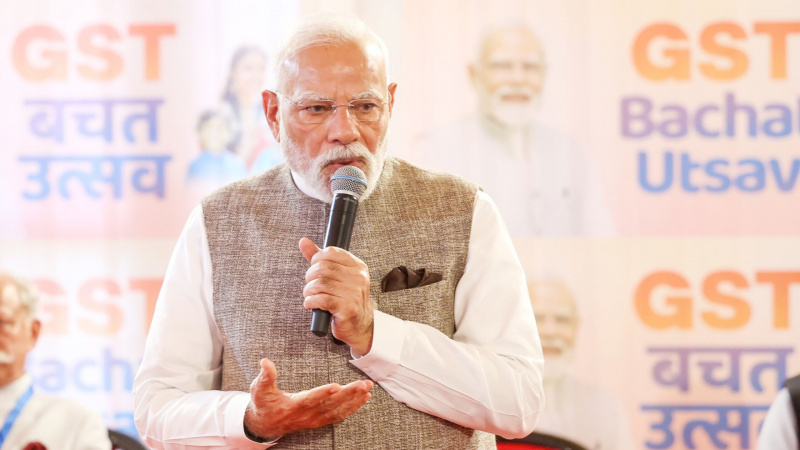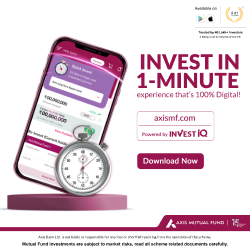BharatGPT Mini vs ChatGPT: India’s First Offline AI Takes on the Global Giant
Comparison at a Glance: BharatGPT Mini vs ChatGPTHere’s a quick side-by-side snapshot of b
- by Shan 2025-07-24 10:57:27
Introduction: India Builds Its Own GPT - But Offline
India has made a move in the AI space. CoRover, a Bengaluru-based AI company, announced BharatGPT Mini, a multilingual, offline language model that supports 14 Indian languages. Of course, the comparisons with ChatGPT have begun.
But is BharatGPT Mini even a contender with the internationally recognized ChatGPT? Or is it for something different?
In this blog, we explore the differences, use cases, and what it means for the future of AI in India.
Comparison at a Glance: BharatGPT Mini vs ChatGPT
Here’s a quick side-by-side snapshot of both models:
Why BharatGPT Mini Matters for India
Unlike ChatGPT, which requires huge cloud computing and internet capabilities, BharatGPT Mini uses limited processing power and offline training on local devices, from low-cost phones to village kiosks to offline ATMs.
It is not simply an AI product. It is a local technology solution based on Indian realities:
14 Indic languages: From Hindi and Tamil to Kannada and Assamese, this model ensures users aren’t forced into English-only interfaces.
No need for internet: Ideal for rural India, where connectivity is patchy or expensive.
Low compute, low power: Works on basic hardware - even a Raspberry Pi.
Key Takeaway: BharatGPT Mini is designed for the next billion users, especially those left out of the current AI boom.
Data Privacy & Sovereignty: A Major Edge
One of BharatGPT Mini’s standout features is on-device processing, meaning no user data leaves the device. This is crucial in:
Government use cases where data sensitivity is high.
Healthcare and education sectors where user privacy is non-negotiable.
Complying with India’s upcoming Digital Personal Data Protection (DPDP) Act.
In contrast, ChatGPT stores interactions in the cloud. While OpenAI has added more control over chat history, it still raises sovereignty concerns, especially for countries like India looking to keep critical data within borders.
BharatGPT Mini aligns with India’s data localization and AI sovereignty ambitions.
Use Cases: Real-World Applications
BharatGPT Mini Use Cases (Offline, Localised)
Village Schools: Teachers can get help preparing lessons in native languages without needing the internet.
Government Kiosks: Citizens can ask for welfare scheme details in their language, even if they’re not literate.
Rural Clinics: Doctors can use AI to explain treatments to patients in their own dialect.
Local Banking: Voice-based AI assistants can guide users through UPI or Aadhaar-linked services - offline.
ChatGPT Use Cases (Online, Global)
Corporate Use: Content generation, coding help, research.
Customer Service: Automated chatbots with API plugins.
Education: Personalized tutoring with plugins like Khan Academy.
Developer Tools: OpenAI Codex or GPT-4 Turbo in software stacks.
Insight: While ChatGPT is more powerful for global and technical use cases, BharatGPT Mini shines in community-facing, last-mile applications that actually matter for Bharat.
Local Language vs Global Language Coverage
BharatGPT Mini’s multilingual support isn’t just tokenism. It enables natural conversations in languages that rarely get AI attention:
Kannada
Tamil
Hindi
Gujarati
Punjabi
Marathi
Bengali
Assamese
Odia
Telugu
Malayalam
Urdu
Bhojpuri
Sanskrit
In contrast, ChatGPT is equally weak in English and European languages, and then has very limited ability in Indian dialects. Even when it does support Indic languages, the accuracy, tone, and cultural context can be way off.
Takeaway: Language inclusion = digital inclusion. BharatGPT Mini closes this gap.
Built for Bharat: CoRover’s No-Code AI Tool
The CoRover Builder Platform is another important piece. It allows startups, small businesses, and even government bodies to:
Build custom AI assistants with no coding skills.
Deploy across devices (web, telephony, kiosks, IoT).
Support regional content in any Indian language.
This greatly reduces the hurdles to AI adoption, unlike ChatGPT, which usually requires technical integration through API's or plugins.
Example: A panchayat office in rural Bihar can establish an AI helpdesk in the local language without hiring developers or using a cloud server.
Performance and Limitations
Note: BharatGPT Mini isn't meant to write essays or debug code - it's a utility model, not a creativity engine.
The Bigger Picture: India’s AI Push
The launch of BharatGPT Mini fits into a broader narrative:
India wants to lead in Responsible AI that prioritizes access, privacy, and culture.
The government is actively backing domestic AI tools through initiatives like IndiaAI Mission and DPI frameworks.
Startups like Krutrim, Sarvam, and CoRover are stepping up to offer India-first alternatives to Big Tech.
BharatGPT Mini is a massive technology at the molecule level, while ChatGPT is a monster at the system level – one puts AI into people’s hands, the other honors the hands of the mathematically optimized guided self-driving bot operator.
Prediction: In the next 2-3 years, Small Language Models (SLMs) like BharatGPT Mini will help dominate rural deployments, govtech, and low-power ecosystems.
Key Takeaways
BharatGPT Mini is not a ChatGPT clone - it's purpose-built for India’s unique needs: offline access, low-cost devices, and regional languages.
ChatGPT still leads in raw capability but struggles with localization, cost, and accessibility.
For India’s rural and low-resource users, BharatGPT Mini is the better fit.
Privacy and data control are major advantages for BharatGPT Mini, especially under India’s data laws.
With tools like CoRover Builder, the AI barrier is being broken for millions of local businesses and governments.
Final Word
BharatGPT Mini might not be a global GPT killer, but that’s not the aim. It’s a made-in-India product for real Indian problems that is built for scale, access, and language inclusion.
And in that context it may just be the kind of AI the world needs more of.
Read Also: Pixel 10, 10 Pro, Pro XL & Pro Fold Revealed in Google Play Store Leak Ahead of August 20 Launch

POPULAR POSTS
The Agentic Revolution: Why Salesforce Is Betting Its Future on AI Agents
by Shan, 2025-11-05 10:29:23
OpenAI Offers ChatGPT Go Free in India: What’s Behind This Big AI Giveaway?
by Shan, 2025-10-28 12:19:11
Zoho Products: Complete List, Launch Years, and What Each One Does
by Shan, 2025-10-13 12:11:43
Arattai vs WhatsApp: Which Messaging App Should You Choose in 2025?
by Shan, 2025-10-10 11:55:06
Top Buy Now Pay Later (BNPL) Apps for Easy Shopping in 2025
by Shan, 2025-09-22 10:56:23
iPhone 17 Sale in India Begins: Full Price List, Launch Offers and Store Availability
by Shan, 2025-09-19 12:00:45
Apple September 2025 Event Recap: iPhone 17, iPhone Air, Apple Watch Series 11, and India Pricing Revealed
by Shan, 2025-09-10 09:55:45
RECENTLY PUBLISHED

Loan EMIs to Drop as RBI Slashes Repo Rate - Full MPC December 2025 Highlights
- by Shan, 2025-12-05 11:49:44

Pine Labs IPO 2025: Listing Date, Grey Market Premium, and Expert Outlook
- by Shan, 2025-11-05 09:57:07

Top 10 Insurance Companies in India 2026: Life, Health, and General Insurance Leaders Explained
- by Shan, 2025-10-30 10:06:42

Best Silver Investment Platforms for 2025: From CFDs to Digital Vaults Explained
- by Shan, 2025-10-23 12:22:46

Zoho Mail vs Gmail (2025): Which Email Platform Is Best for Businesses, Startups, and Students?
- by Shan, 2025-10-09 12:17:26

PM Modi Launches GST Bachat Utsav: Lower Taxes, More Savings for Every Indian Household
- by Shan, 2025-09-24 12:20:59




 Subscribe now
Subscribe now 